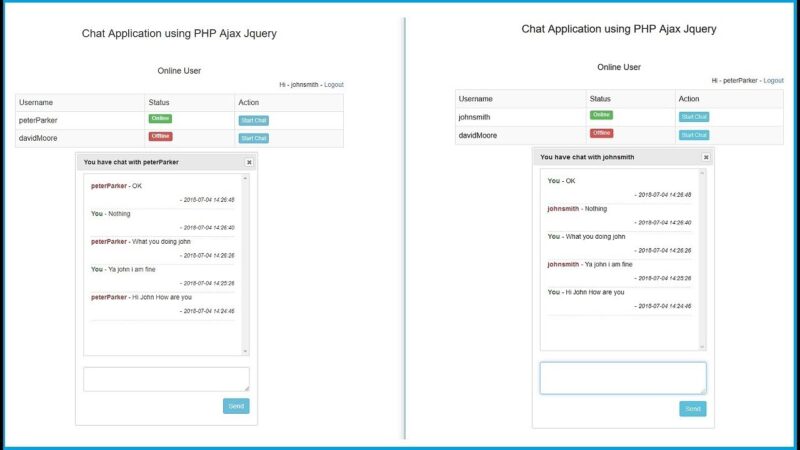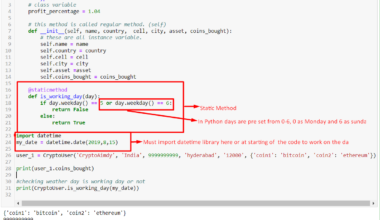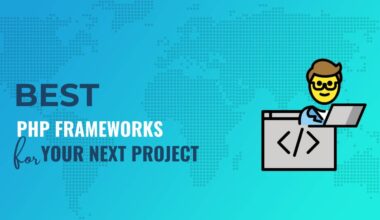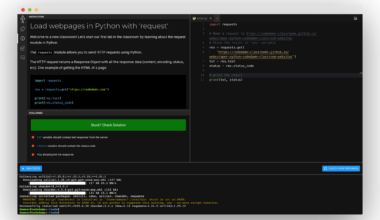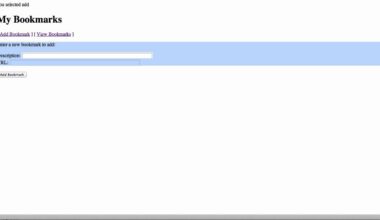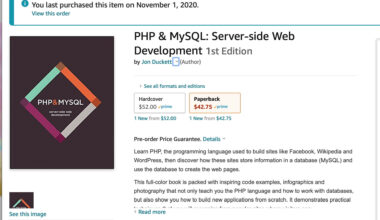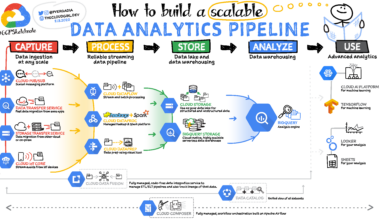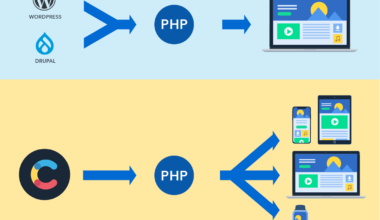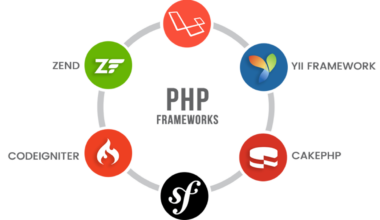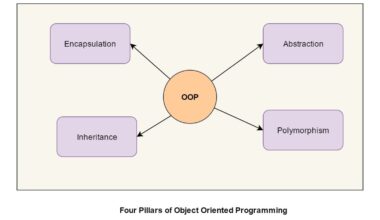Introduction to PHP and AJAX
As a web developer, you want to create dynamic web applications that offer a seamless user experience. PHP and AJAX are two technologies that can help you achieve this goal.
PHP is a server-side scripting language that allows you to create dynamic web pages and web applications. It’s a popular choice among developers because it’s easy to learn, has a large online community for support, and is compatible with many operating systems.
AJAX, on the other hand, stands for Asynchronous JavaScript and XML. It’s a technique that allows you to create dynamic web pages without having to refresh the entire page. This means that you can update certain parts of the page, such as a form or a table, without having to reload the entire page.
When you combine PHP and AJAX, you can create web applications that offer real-time updates to users. For example, you can create a chat application that updates in real-time without having to refresh the page.
Overall, PHP and AJAX are powerful technologies that can help you create dynamic web applications that offer a seamless user experience. In the following sections, we’ll explore the advantages of using PHP and AJAX, how to build dynamic web forms, and how to implement real-time updates using these technologies.
Advantages of using PHP and AJAX
Using PHP and AJAX in web development offers several advantages, including:
1. Improved User Experience:
AJAX allows web pages to update dynamically without having to refresh the entire page. This makes web applications faster and more responsive, providing users with a smoother experience.
2. Enhanced Interactivity:
PHP and AJAX allow for real-time interactions between users and web applications. This means that users can interact with web applications in real-time, without having to wait for the page to refresh.
3. Platform Compatibility:
PHP is compatible with a wide range of operating systems, including Windows, Linux, and macOS. AJAX, on the other hand, is compatible with all modern web browsers, including Google Chrome, Mozilla Firefox, and Safari.
4. Easy to Learn:
PHP is a beginner-friendly language that is easy to learn. It has a simple syntax and is supported by a large online community. AJAX requires a basic understanding of JavaScript and XML, which can be easily learned through online tutorials and resources.
5. Cost-Effective:
Both PHP and AJAX are open-source technologies, which means that they are free to use and distribute. This makes them a cost-effective solution for web development, especially for small businesses and startups.
6. Scalability:
PHP and AJAX are scalable technologies, which means that they can handle large amounts of data and traffic. This makes them ideal for developing web applications that require high-performance and scalability.
In conclusion, using PHP and AJAX in web development can provide numerous advantages, including improved user experience, enhanced interactivity, platform compatibility, ease of learning, cost-effectiveness, and scalability. By leveraging the power of these technologies, developers can create dynamic web applications that offer a seamless and responsive user experience.
Building dynamic web forms with PHP and AJAX
Web forms are an essential part of any web application, and using PHP and AJAX can help you create dynamic web forms that offer a more engaging user experience. In this section, we’ll explore how to build dynamic web forms using PHP and AJAX.
Step 1: Creating the HTML Form
The first step in building a dynamic web form is to create the HTML form. This can be done using any text editor or HTML editor, such as Adobe Dreamweaver. The HTML form should include all the necessary input fields, such as text boxes, radio buttons, checkboxes, and dropdown lists.
Step 2: Adding AJAX
After creating the HTML form, the next step is to add AJAX to the form. This can be done using JavaScript and the jQuery library. The jQuery library provides several AJAX methods that can be used to submit form data without refreshing the entire page.
Step 3: Creating the PHP Script
The next step is to create the PHP script that will receive and process the form data. The PHP script should include all the necessary validation and sanitization checks to ensure that the data is secure and valid. The PHP script should also include the necessary database queries to store the form data in the database.
Step 4: Handling the AJAX Response
After submitting the form data using AJAX, the PHP script will send a response back to the web page. The AJAX response can be handled using JavaScript and the jQuery library. The response can include a success message or an error message, depending on whether the form data was successfully processed or not.
Step 5: Displaying the Response
Finally, the response from the PHP script can be displayed on the web page using JavaScript and HTML. This can be done by adding a div or a span element to the web page, and then updating the content of the element with the response data.
Overall, building dynamic web forms with PHP and AJAX can provide several benefits, including a more engaging user experience, improved performance, and enhanced security. By following these steps, you can create dynamic web forms that are easy to use and provide a seamless user experience.
In conclusion, combining PHP and AJAX in web development can help you create dynamic web forms that offer a more engaging user experience. By following the steps outlined in this section, you can create dynamic web forms that are
Implementing real-time updates with PHP and AJAX
Real-time updates can greatly enhance the user experience of your web application by providing users with up-to-date information without having to refresh the entire page. In this section, we’ll explore how to implement real-time updates using PHP and AJAX.
Step 1: Setting up the Server-Side Script
The first step in implementing real-time updates is to create a server-side script that will fetch the updated data from the server. This can be done using PHP and MySQL. The PHP script should query the database for the updated data and return the data in JSON format.
// Sample PHP script to fetch updated data from the database
<?php
// Connect to the database
$link = mysqli_connect("localhost", "username", "password", "database");
// Query the database for the updated data
$result = mysqli_query($link, "SELECT * FROM table WHERE date >= NOW() - INTERVAL 1 MINUTE");
// Fetch the data and store it in an array
$data = array();
while ($row = mysqli_fetch_assoc($result)) {
$data[] = $row;
}
// Return the data in JSON format
echo json_encode($data);
?>
Step 2: Implementing AJAX
The next step is to implement AJAX to fetch the updated data from the server and display it on the web page. This can be done using jQuery and the setInterval() function to periodically fetch the updated data from the server.
// Sample jQuery script to fetch updated data using AJAX
setInterval(function() {
$.ajax({
url: "fetch_data.php",
type: "GET",
dataType: "json",
success: function(data) {
// Update the web page with the updated data
// This can be done using JavaScript and HTML
}
});
}, 5000);
Step 3: Updating the Web Page
Finally, the updated data can be displayed on the web page using JavaScript and HTML. This can be done by updating the content of the relevant HTML elements with the updated data.
// Sample JavaScript function to update the web page with the updated data
function updatePage(data) {
// Loop through the data and update the relevant HTML elements
for (var i = 0; i <
Final thought: The future of PHP and AJAX in web development
As technology advances, the future of web development is becoming more exciting and dynamic. PHP and AJAX are both technologies that have stood the test of time and will continue to play a significant role in web development.
PHP is constantly evolving, and new versions are being released with improved features and functionalities. The latest version of PHP, PHP 8, was released in November 2020 and comes with several improvements, including improved performance and new features like null-safe operators and attributes.
AJAX, on the other hand, is becoming more popular as web applications become more dynamic and interactive. With the rise of real-time web applications like chat applications and social media platforms, AJAX is becoming more essential in web development.
One of the most significant advantages of using PHP and AJAX is that they are both open-source technologies, which means that they are free to use and distribute. This makes them ideal for small businesses and startups who want to create dynamic web applications without incurring significant costs.
In the future, we can expect to see more advanced web applications that offer real-time updates, enhanced interactivity, and improved user experience. As web developers continue to leverage the power of PHP and AJAX, we can expect to see more creative and innovative web applications that push the boundaries of what is possible.
In conclusion, PHP and AJAX are powerful technologies that have revolutionized web development. They offer numerous advantages, including improved user experience, enhanced interactivity, platform compatibility, ease of learning, cost-effectiveness, and scalability. As we move into the future, we can expect to see more innovative and dynamic web applications that leverage the power of these technologies.
